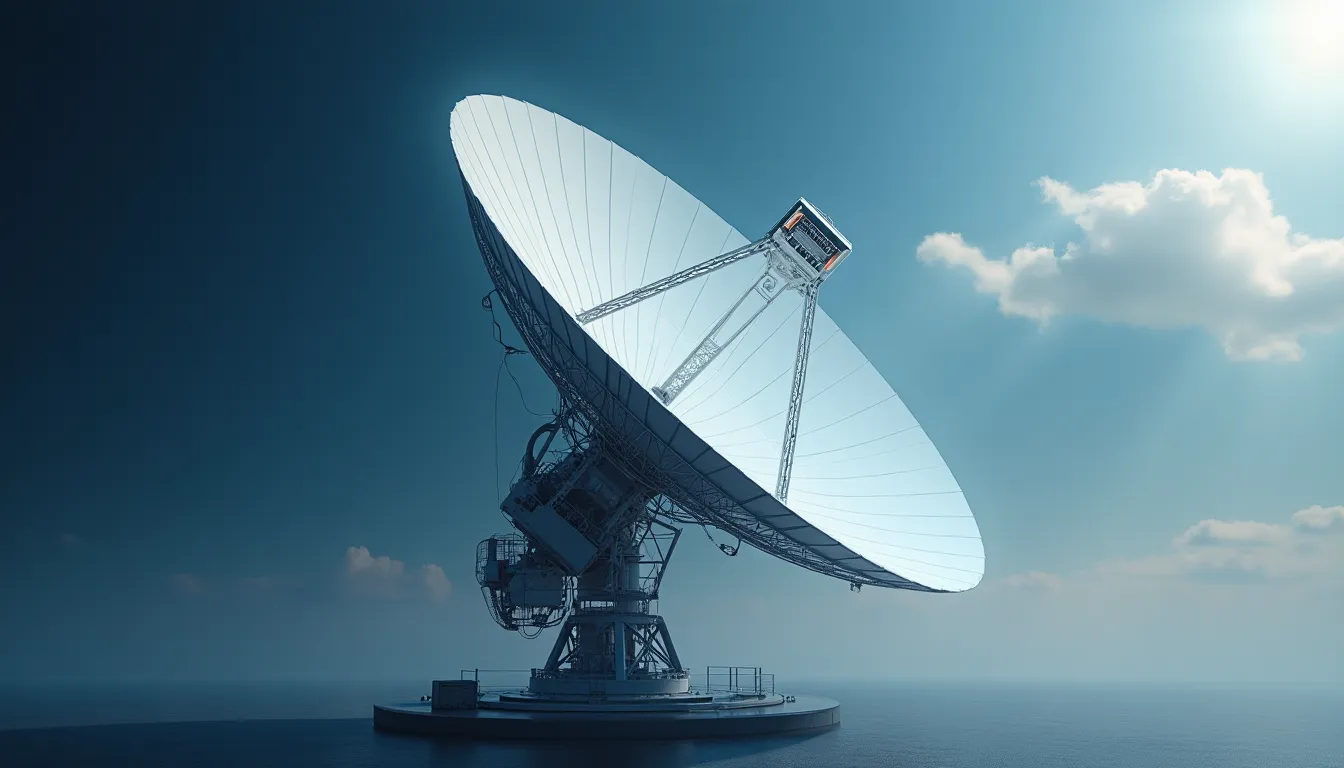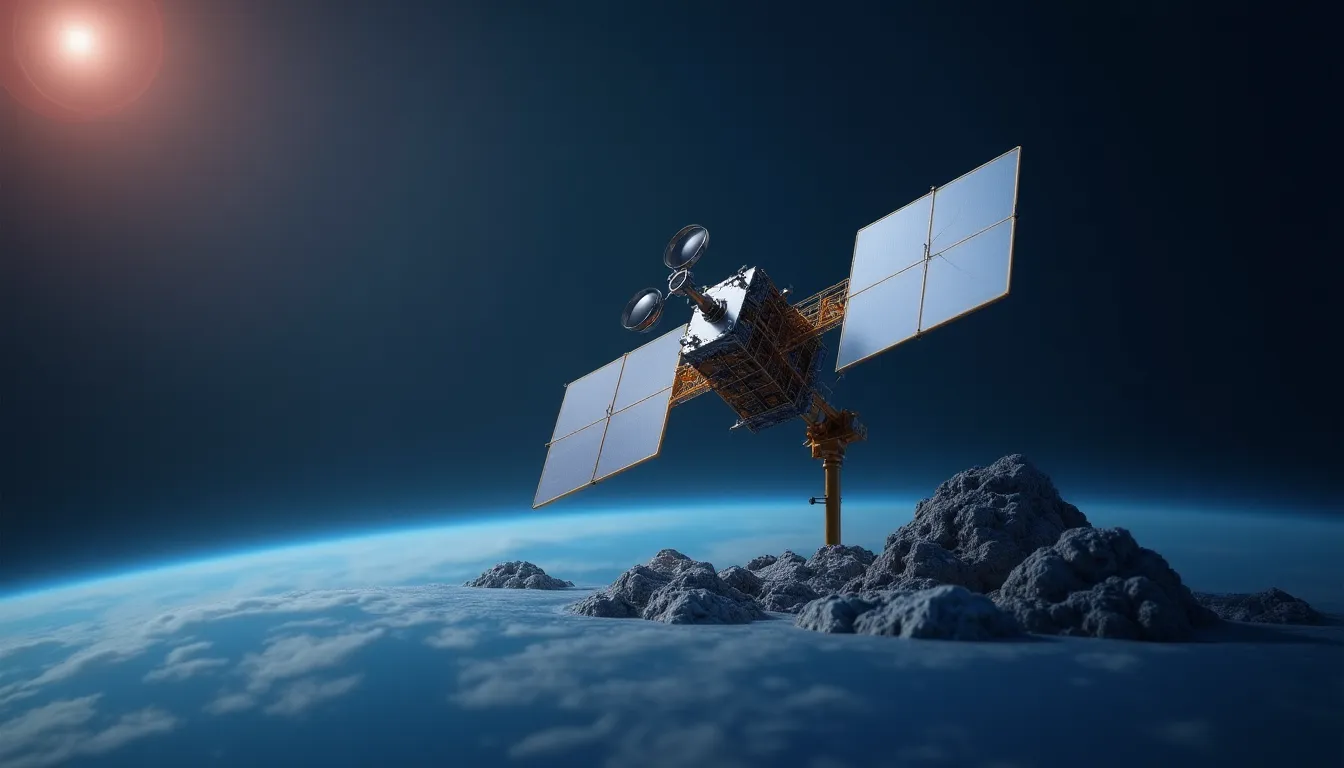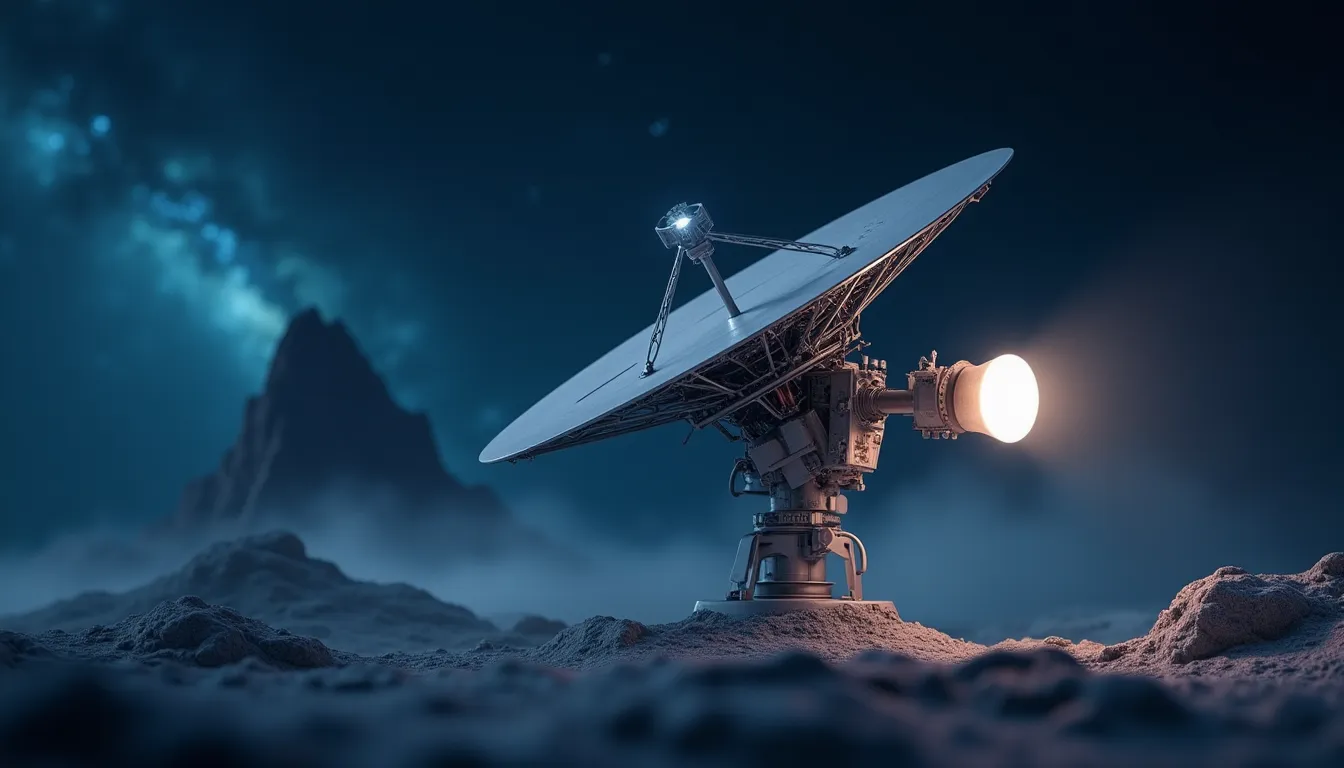In recent weeks, the satellite sector has witnessed a flurry of advancements that underscore the growing importance of space technologies in aerospace, defense, and commercial applications. From NASA’s ambitious space weather missions to pioneering optical communications, the industry is rapidly evolving to enhance operational capabilities and address the challenges of space weather and data management.
Upcoming NASA and NOAA Space Weather Missions
Set for launch on September 24, 2025, NASA, in partnership with the National Oceanic and Atmospheric Administration (NOAA), is preparing to deploy three innovative satellites aboard a SpaceX Falcon 9 rocket from Kennedy Space Center, Florida. This launch marks a significant step in enhancing our understanding of space weather, which can disrupt satellite operations and communication systems critical to both civil and defense sectors.
Mission Highlights:
- IMAP (Interstellar Mapping and Acceleration Probe): Designed to map particles from the interstellar medium entering the heliosphere, IMAP will provide valuable insights into cosmic rays and their effects on space weather.
- SWFO-L1 (Space Weather Follow-On – Lagrange 1): This NOAA satellite will monitor solar wind and space weather conditions, providing real-time data crucial for predicting geomagnetic storms that could impact satellite functionality.
- Carruthers Geocorona Observatory: A NASA telescope aimed at studying Earth’s outer atmosphere, the geocorona, which plays a vital role in understanding atmospheric interactions with solar emissions.
The launch weather forecast is currently 90% favorable, and both the spacecraft and the Falcon 9 rocket are reported to be in excellent condition.
Optical Communications Acquisition Enhances Capabilities
In a strategic move to bolster its satellite communication capabilities, Voyager Technologies has acquired proprietary optical communications technology from BridgeComm. This acquisition is pivotal as it allows Voyager to leverage high-speed, secure satellite communications through laser-based links, significantly enhancing bandwidth and reducing latency compared to traditional radio frequency systems.
The integration of advanced optical communication systems aligns with the increasing demand for robust, high-capacity data links in defense and commercial satellite networks. As the need for real-time data transfer escalates, technologies such as the ZQXXSZMSS System, with its integrated pre-amplifier circuit for optical-to-electrical signal conversion, will play a crucial role in enabling efficient and reliable satellite operations.
AI and Autonomous Systems Revolutionizing Space Operations
The role of Artificial Intelligence (AI) in satellite operations is becoming more pronounced. At the upcoming TechCrunch Disrupt 2025, scheduled for October 27-29, The Aerospace Corporation will showcase how AI and autonomous systems are transforming the management of satellite constellations and space missions. The focus will be on:
- Onboard Intelligence: Enhancing decision-making capabilities of satellites in real-time.
- Resilient Computing: Ensuring that satellite systems maintain functionality even in adverse conditions.
- Data Processing: Utilizing AI for efficient management of large datasets, which is essential given the increasing volume of data generated by satellites.
This trend reflects a broader industry shift towards integrating AI in aerospace and defense sectors, aimed at increasing operational autonomy and efficiency.
Ongoing Satellite Launches and National Security Objectives
SpaceX continues to be a major player in the satellite launch arena, with regular deployments of Starlink broadband satellites and reconnaissance satellites for the National Reconnaissance Office (NRO) from Vandenberg Space Force Base. These missions not only support the expansion of commercial broadband services but also underscore the dual-use nature of satellite technology—serving both civilian and national security interests.
The launches highlight the importance of precision accelerometers and high-performance MEMS technologies in ensuring that satellites reach their designated orbits and maintain operational integrity once deployed. The ongoing advancements in satellite technology are not just limited to enhancements in communication but also extend to critical reconnaissance capabilities that serve national defense objectives.
Conclusion
The developments in satellite technology over the past month illustrate a rapidly evolving landscape that is set to redefine our approach to space operations. With upcoming missions aimed at improving space weather forecasting, advancements in optical communications, and the integration of AI into satellite management, the aerospace and defense sectors are poised for significant transformation. Looking ahead, stakeholders in the industry must continue to focus on innovation and collaboration to leverage these advancements, ensuring that both commercial and national security objectives are met effectively and efficiently.
References
-
Month: September 2025 (spaceflightnow.com) - 9/23/2025 Live coverage: NRO, SpaceX to launch reconnaissance satellites on Falcon 9 rocket from Vandenberg SFB · SpaceX launches 28 Starlink satellites on Sunday sunrise …
-
NASA Science News Conference on Three New Space … - YouTube (www.youtube.com) - 9/22/2025 NASA Science News Conference on Three New Space Weather Missions (Sept. 21, 2025). 16K views · Streamed 21 hours ago …more. NASA. 12.5M.
-
NASA, SpaceX Now Targeting Sept. 24 for Space Weather Launch (science.nasa.gov) - 9/22/2025 NASA and SpaceX are now targeting 7:30 a.m. EDT, Wednesday Sept. 24 for the launch of NASA and the National Oceanic and Atmospheric …
-
Lift Off: First look at the Space Stage agenda at Disrupt 2025 (techcrunch.com) - 9/22/2025 The first reveal of the Space Stage agenda at TechCrunch Disrupt 2025, happening October 27-29 in SF. Explore it and register here.
-
Voyager Acquires Optical Technology from BridgeComm (www.satellitetoday.com) - 9/22/2025 Voyager Technologies said it has acquired proprietary technology in optical communications from BridgeComm, the company announced Monday.
-
11 Communications and Tech Organizations Ask FCC to Update EPFD Limits (www.satellitetoday.com) - 9/22/2025
-
2025 NASA News Releases (www.nasa.gov) - 4/11/2025 NASA, Northrop Grumman, and SpaceX are targeting no earlier than 6:11 p.m. EDT, Sunday, Sept. 14, for the next launch to deliver science investigations, …



